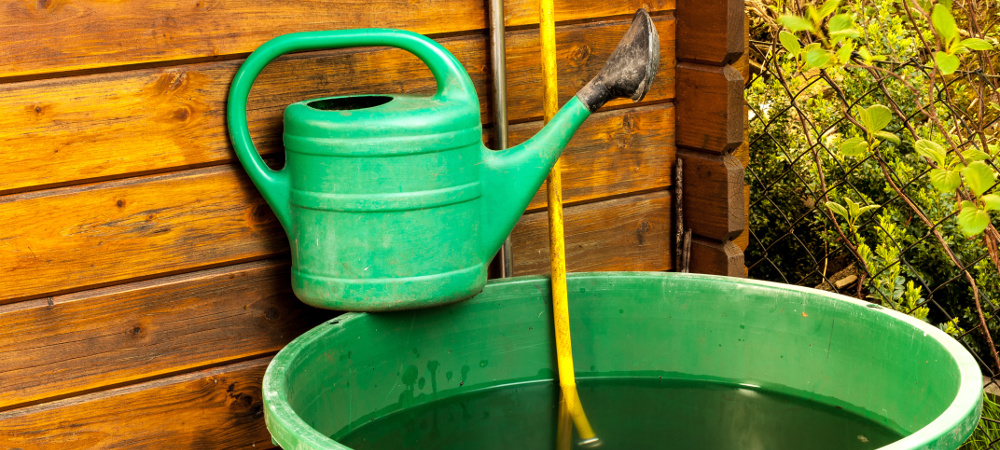
How to water your garden using as little water as possible
This summer has been one of the hottest recorded and as a result, water stocks are low, with some counties introducing a hosepipe ban. In Scotland, we’re lucky to have avoided these restrictions so far, but that is no excuse for not preserving water and being vigilant of our usage.
We all have a role to play in saving water and when it comes to watering your garden using as little water as possible, you may be surprised at what can be done.
Why bother saving water?
Water is a natural resource that we need to live. Saving on water usage helps to save our planet by preserving water for future years, but also it saves on the energy that is used to process it, which reduces pollution.
Top 10 Tips for watering your garden in a drought:
1. Only water the areas in need
Try to reduce waste by watering the areas in your garden most in need. Check the soil about a foot down to check moisture levels and only water those that are dry. Try also to avoid watering leaves and focus on getting water to the roots, where it’s most needed.
2. Consider droughts when choosing your plants
If you’re lucky enough to live in a warm climate, it may be worth considering drought-resistant plants when planning your landscape. Check out this list of less water-needy plants from the Royal Horticultural Society.
3. Avoid Sprinklers
Sprinklers look great and the kids love them, but once they are set up, they will water the same sections of the garden, which is not necessarily the areas in need of attention. Instead, why not consider an automated watering system or a plant feeder system, such as Mono Plansava, a watering trough for varying sizes of planters.
4. Collect Rain Water
Rainwater can be collected from roof drains by diverting water from the drainpipe into a water butt. This can then be used to water your garden and is probably one of the simplest and most eco-friendly ways of collecting and storing water.
5. Re-use bath, shower, washing machine water
Most household soaps and detergents are harmless to plants, so it is safe to recycle household water. Caution: do avoid water that contains stronger chemicals, such as bleach, dishwater salt or disinfectants. This can be done again using a diverter, such as a greywater diverter valve, to send water to a butt or bin.
6. Water at the right time of day
Try to avoid watering a lawn and plants in the evening. On a lawn, this water will sit and create the perfect environment for fungus to grow. Instead, water first thing in the morning, while it’s still cool. If you struggle to do this, consider an automated system to help.
7. Use a brush to clean the driveway or paths
Save water when cleaning driveways and paths by simply using an outdoor brush instead of a hosepipe.
8. Mulch those flower beds
Mulching flowerbeds, planters and hanging baskets will help conserve the moister in the soil.
9. Care for your soil
Look after your soil by adding organic matter to improve the structure. Consider also adding water-retentive gel or granules in planters or pots.
10. Shade your lawn
Shade the soil in your lawn by keeping it around 2 inches high. Cutting it back will assist the evaporation process and make for a thirstier lawn.
These tips will help keep your garden healthy, whilst looking after our planet at the same time.



